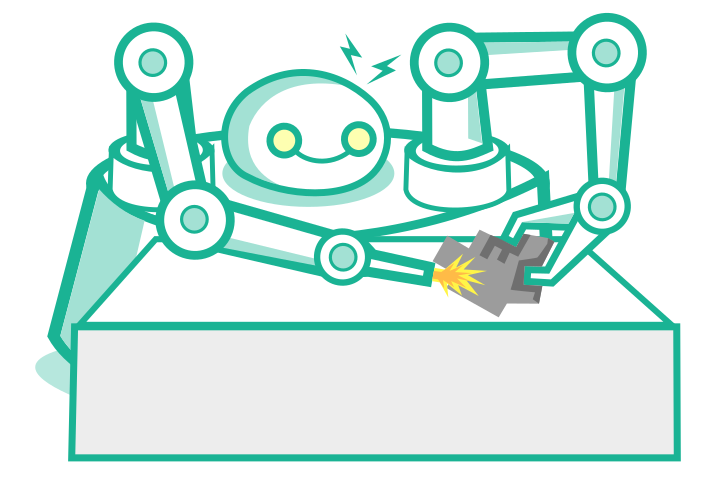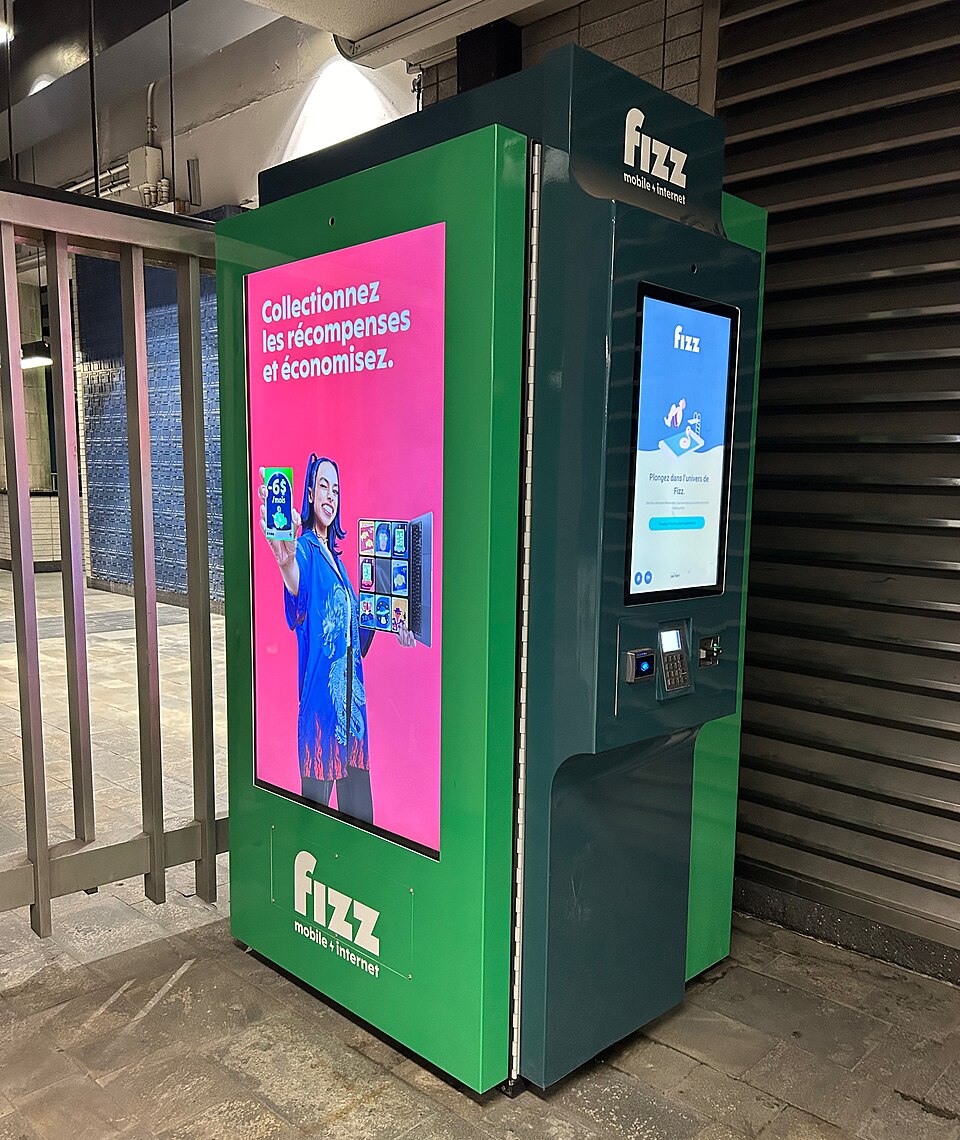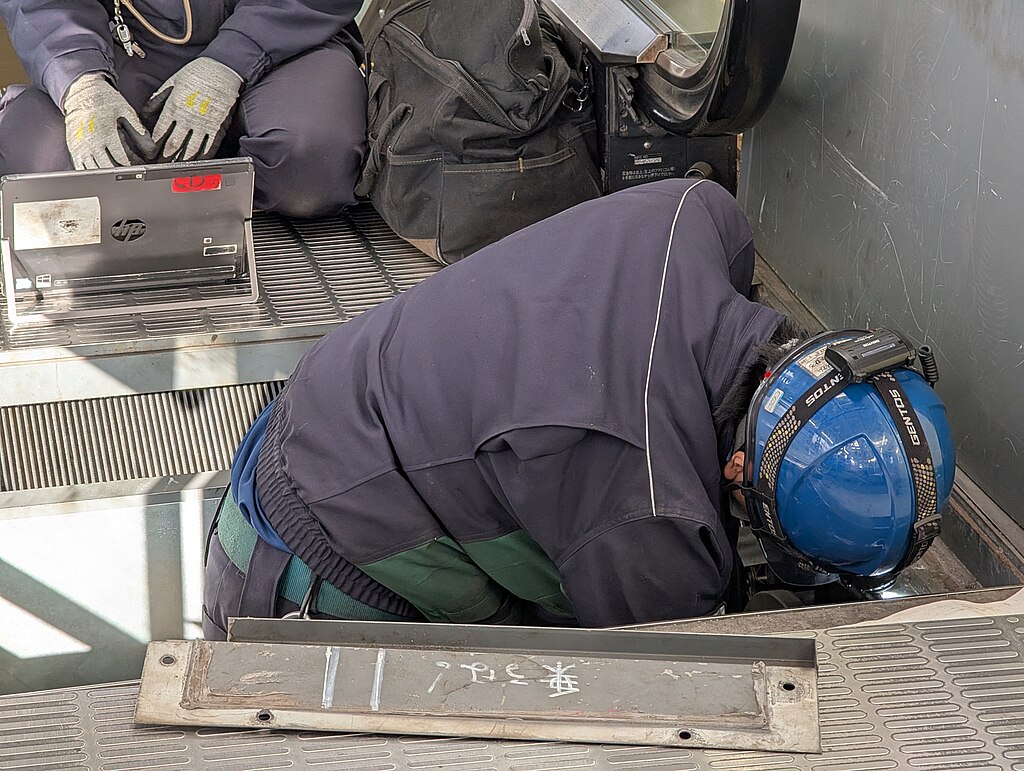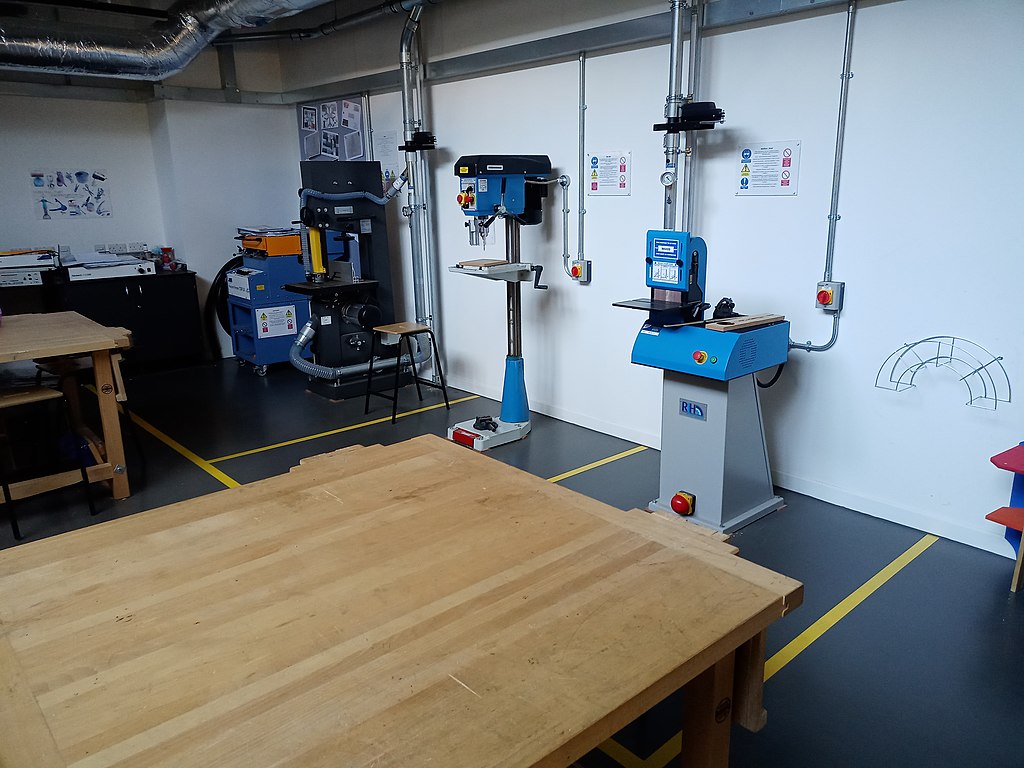Contains courses in the Electrical Department

This unit refers to the practice of initiating, planning, executing, controlling and closing
the work of a team of Electricians/Engineers to achieve specified goals within a
specified duration. Electrical project management involves preparation of work plans
and policies, managing project team, managing materials, tools and equipment. Other
areas included are: Managing project budget, Supervising and assessing project
implementation, preparing project reports and commissioning.
The trainee should have competencies in preparing a project plan, project budget and
write project logistics. The resources required are Finance, personnel, materials, tools,
consultancy services, building and storage facilities. The safety of the training is vital.
The right tools should be used for the right job. Personal protective equipment should
be provided. The trainee is subjected to holistic assessment with other units relevant to
his area of specialization.
- Teacher: Admin User

This unit covers the competencies required to automate an electrical machine. Competencies includes an automation system design, components mountings, programming of an automation system, simulation of an automation system and test running of an automation system. Automation involves robotics, expert system, telemetry, cyber security, wireless applications, measurement and controls among others. This involves the use of programmable logic controllers, microcontrollers and programming.
The trainee should demonstrate the competencies required to design, mount, program automate and test run the system as per the design provided. The resources required to implement this unit of competence include but not limited to, Multimeter, Wattmeter, Insulation resistance tester, Loop impedance tester, Frequency meter, Tachometer, Scientific calculators, drawing tools, Laptops, Measuring tools, Switches,
Microcontrollers, Programmable logic controls, source of A.C. power, and D.C. power. The trainee should also have the competencies in regard to work place health and safety, by observing the regulations as stipulated in the OSHA act.
- Teacher: Admin User

Electrical machines are used in industrial processes for manufacturing purposes. Proper installation of machine is important to achieve high performance with less breakdown.
This unit is designed to equip the trainee with the necessary knowledge, skills and attitude to understand Electrical machine installation. Competencies in this unit include Observe safety, Electrical machines design, mounting of Electrical machines, mounting of Electrical control panels , Laying of machine cables , Termination of electrical machine installation and testing of electrical machine installation
- Teacher: Admin User

The training of this course unit attracts the skills on the transmission of produce power to the premises of the consumers from the power station. Use of designed and mounted transmission line, adequate amount of power is transmitted to the consumers from the generating stations. Hence the trainee will design and mount the transmission line. The high voltage usage minimizes voltage drop in the line, resistance and reactance and losses during the transmission. 132 kV or 220 kV or 400 kV or 765 kV are among the standard transmission voltages transmitted along the transmission lines are. Therefore, a step-up transformer is required to step up the generated voltage with the aid of erected transmission lines supports at consistent intervals and transmission towers. The line of transmission terminates in a substation where the distribution starts and the distribution lines terminates at load centers.
The trainee will be able to erect the line supports and terminate the cables at different points in the transmission line. The transmission and distribution system are inspected and tested at every stage. While the current’s magnitude determines the cost of copper, voltage determines insulator’s cost. At load centers voltage levels are stepped down at appropriate values for supply to various consumers. Examples of consumers include both big and medium industries, offices and domestic consumers. Consumers purchase electricity at specific voltage level. For instance, big industries may purchase 132 kV while domestic consumers at lower voltage of 230V, single phase. Therefore, 400 kV transmission voltages should be stepped down before transmitting power to different consumers with the aid of a step-down transformers. Therefore, finally the trainee will inspect and test the transmission lines (Version 2 EE IIT, Kharagpur).
- Teacher: Admin User

